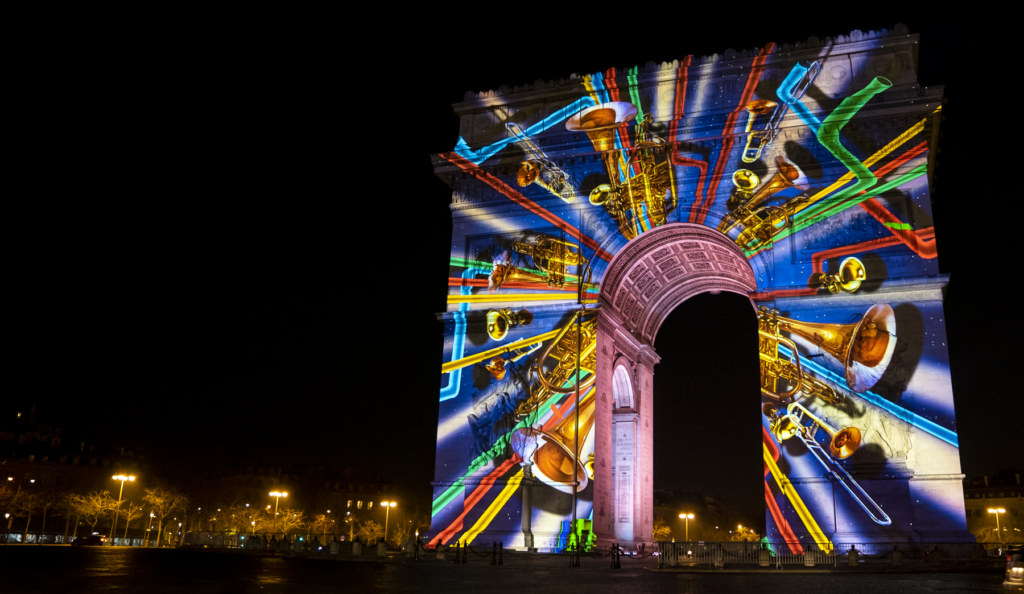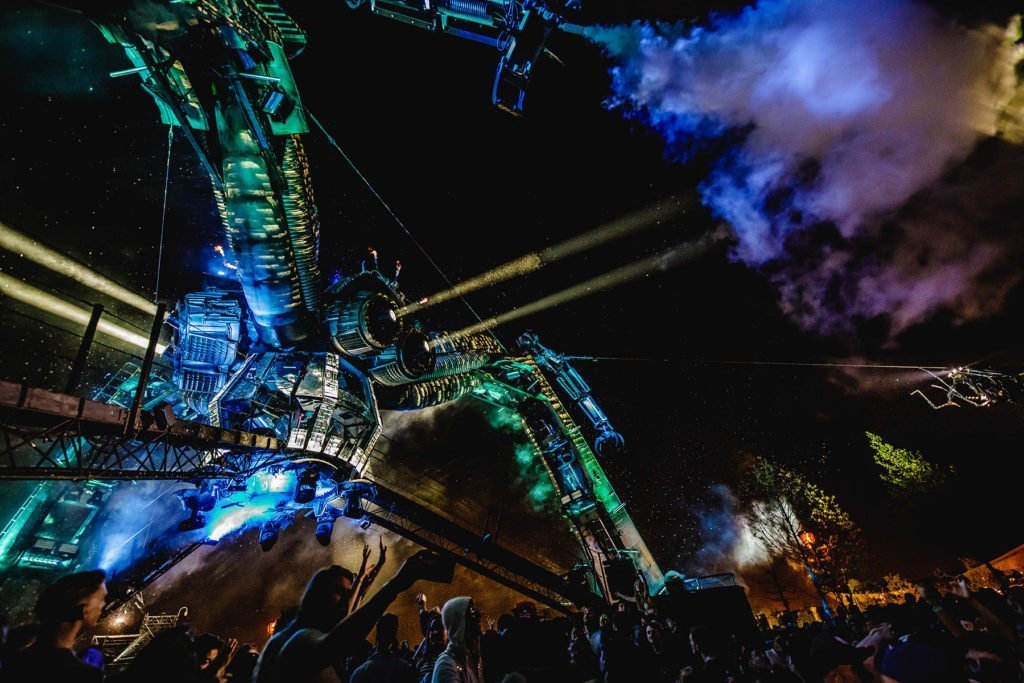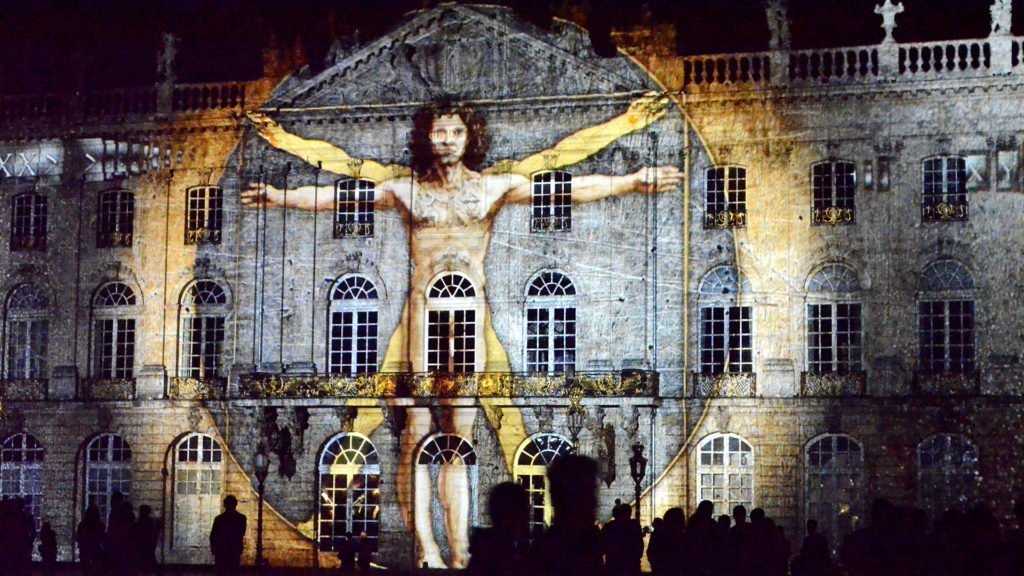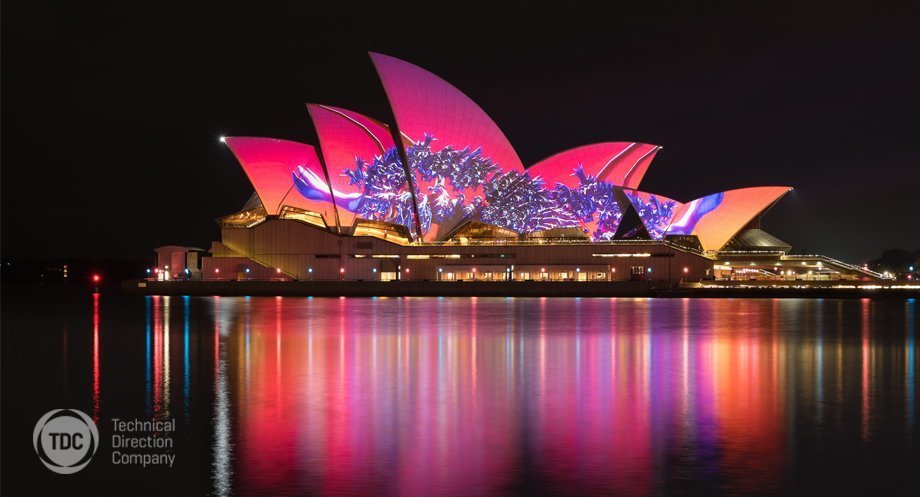News
5 Jul 2021
Building an effective system for projection mapping

Subscribe to CX E-News
(Lead pic: Elrow Town © Nachtschaduw)
The four Ws of your project
1. Why?
What’s the primary purpose of your projection mapping? Is it a public service project or a commercial project? Who is the investor? All these factors will impact your next steps and approach to completing this project.
For instance, if the projection mapping is a public service project, your investor will likely be a government body or organisation. Projection mappings for commercial purposes, e.g. advertainment, focuses more on ROI – meaning you’ll have to win the investment back from tickets sold.
2. What?
What is the story you want to tell, the content you want to visualise? Is it storytelling using only audio/video content, or a complete lighting show combining projection and other conventional lighting systems? Are there any other props involved besides the projection image? And is there an additional live performance during the projection mapping?
3. Where?
Have the imaging objects been decided upon? Will the projection mapping take place indoors or outdoors? Is there enough space to set up the whole system including projectors, speakers, media servers, the power supply system and cabling?
How about the environmental factors: humidity, altitude and temperature? What protection measures are needed to keep your equipment and its mechanics safe? Where will the viewers be located (viewpoint) and where will the projectors be installed? We’ll come back to these questions and their impact on the choice of projectors further in this whitepaper.
4. When?
This question tackles the commercial aspect of your project. Will the projection mapping play around the clock or just one single evening/night? Is it a permanent fixed installation system or a temporary rental set-up? Based on the different business models, there are different approaches to implementing the project.
Additionally, you need to think about seasonal variables, e.g. rain/snow/wind?
Once most of the above questions are answered, you can start to calculate the project cost and ROI, and analyse your budget.
The nature of the imaging object
To make the right content for your projection mapping, you must know a lot about the properties of your imaging objects, including shape and size of the projection surface, reflectivity, focus plane etc.
If the imaging object is an irregular shape, for example, a sculpture, church, or the wall of a big building, on which you want create an autostereoscopic effect by using the natural depth of the imaging object, it’s better to have the 3D model of the object to optimise the post-production of the content.
Conducting an onsite survey is a must to know the details of the imaging object, to check the projection surface and other parameters, and to think about how to map the objective.
Ambient environment
This one goes back to the question of ‘where?’.
Environmental factors like ambient light, humidity, temperature will affect the requirements of your projector. For example, a high amount of ambient light asks for a projector with a higher brightness level to maintain a high-quality image and increase the wow factor of the projection mapping.
Viewpoint
Here too, the onsite survey is very important. It is not only about making sure the imaging object is OK to project on, but also to seek the best possible positions to place the projectors.
The perception of human vision
What is the visible pixel size or perceived pixel size? Let’s take the HD (1920 x 1080) and 4K UHD (3840 x 2160) resolution as an example. In the table below you can see the size of each pixel in mm: the visible pixel size is an important factor of the system design, the selection of playback equipment and projectors, and audiences’ visual experience.
What’s the smallest size a human eye can see or distinguish between two small objects (two pixels, or two lines with different brightness)?
Visual acuity is a measurement of our ability to see detail. It defines the extent to which information densities can be perceived. Acuity is measured with visual angle, the angle subtended by an object on a viewer’s retina specified in arc-degrees, arc-minutes (1 ̊ = 60′), or arc-seconds (1′ = 60”). Given an object size “s” and a viewing distance “d”, visual angle “θ” can be calculated as θ = 2 arctan(s/2/d).

Blending and warping
If you can’t find a perfect place to situate an on-axis projection within the acceptable lens shift, the image will be distorted. You need to consider the pre-distortion by embedding the warping function of a projector or correcting content through a playback system. The same goes for multi-channel projection mapping systems which require blending capacities. Additionally, blending will influence the quantity of required channels because the blending zone will also occupy a certain amount of pixels.
Content
Knowing your content is key for the system design. How many pixels would make up the total resolution of the canvas (projection mapping surface)? From that the total system resolution can be calculated, and you can further break down to calculate the required resolution per channel/projector.
For instance, a total system resolution is 19,200 x 2400 pixels. It could be 5 channels with 4K resolution (3840 x 2400) per channel, or 10 times 2K per channel. This example doesn’t include the pixels of the blending zone. These key parameters will further influence the post-production of the content and how to choose the correct projector and playback system, etc.
Below are some visual acuity limits for basic visual properties.

Based on the information above, it’s possible to calculate the pixel size relative to the viewing distance.

Outdoor protection
An outdoor box or projection booth are measures you can use to protect your projector from water, dust, changing temperatures, humidity, etc. during outdoor projection mappings. A projector is designed to operate in free airflow, with cold air coming in the front side of the projector and hot air freely flowing out the back side of the projector. The projector can be put inside a box or installed in a dedicated booth, as long as this free airflow is secured and all the hot air can be released via the back of the projector (so without cycling any hot air into the front of the projector which would distort the image and overheat the projector itself).
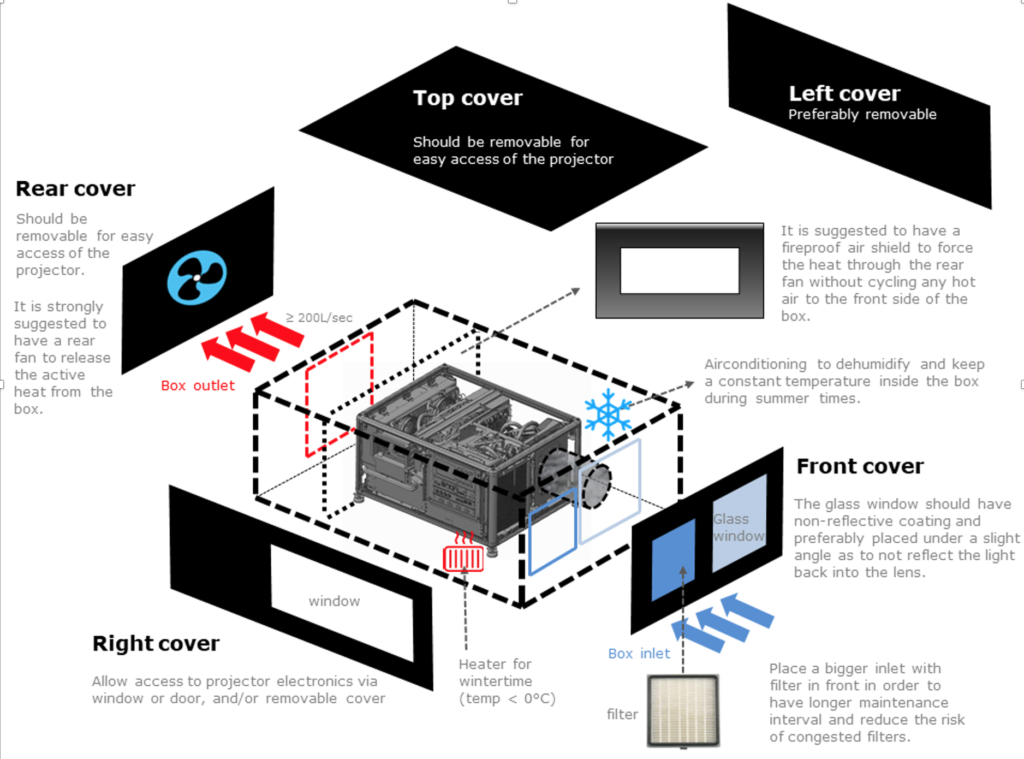
Subscribe
Published monthly since 1991, our famous AV industry magazine is free for download or pay for print. Subscribers also receive CX News, our free weekly email with the latest industry news and jobs.

